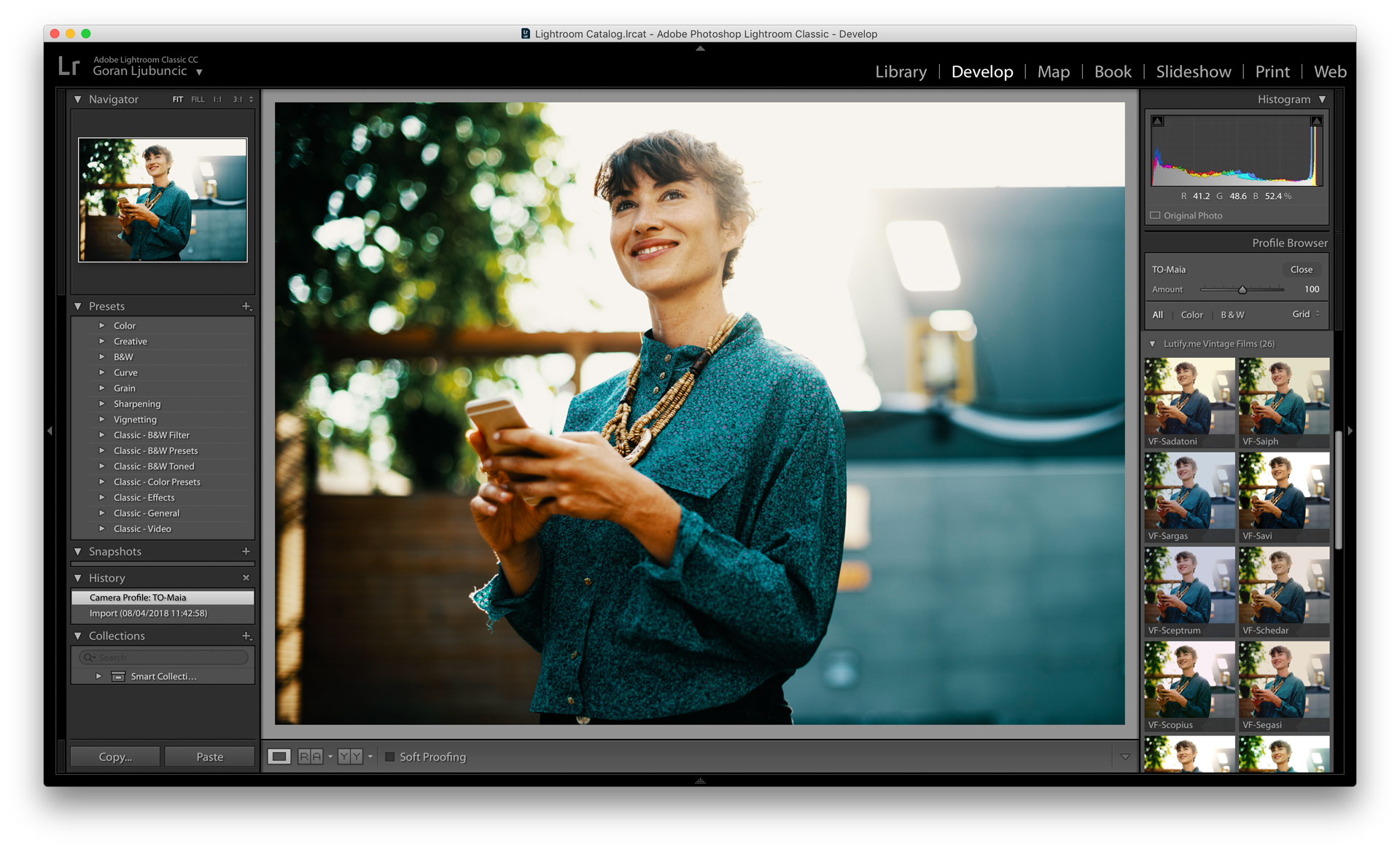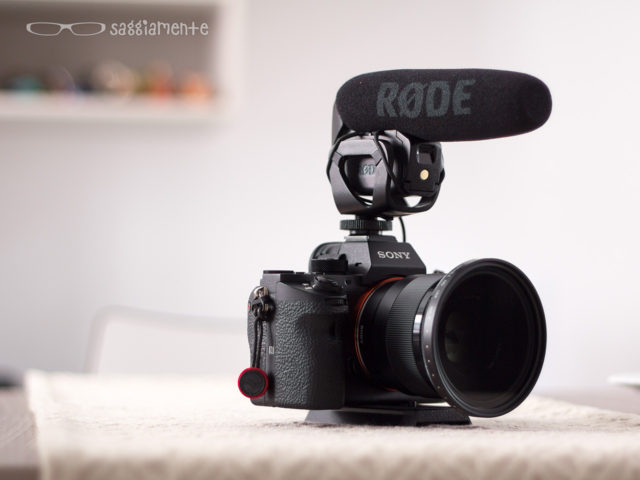
#Lightroom lut generator manual#
In a way it's fairly easy in resolve cause there's a mask specifically designed to match your color chart ( auto color correct or manual ). I mostly use LUTs for only certain technical transforms and conversions. While they're looking for the perfect LUT for the clip, I've already adjust the controls to take a log image to 'normalized' state for that image and moved on. as noted above, you need to apply the LUT to the clip, then with tonal controls applied BEFORE the clip, trim the clip into the LUT while viewing both the scopes and the image on the monitor.Īnd while I'm very comfortable and familiar with LUTs and use them as needed, I don't use them nearly as much as many fairly new to color correction seem to do these days. So an any clip slightly over exposed or under exposed (at times, even in fractions of a stop!) or that has wider dynamic range than the LUT was built for will mangle your pixels. and can and will crush or clip any pixels that are beyond its bounds. colorists use a lot of LUTs, but caution that a LUT is the dumbest math out there.

There's several reasons I won't go into now.

Never, ever, ever should any user-provided LUTs be placed in the Program/package folder locations. Premiere, MediaEncoder, AfterEffects, and Prelude can and will all look in the files there for LUTs that you've applied, so the one place properly serves all apps. I also created desktop shortcuts for them so I can access those immediately to add and remove LUTs as needed. For the following chart, you need to create the final folders, the Technical and Creative folders that will hold your LUTs.


 0 kommentar(er)
0 kommentar(er)
